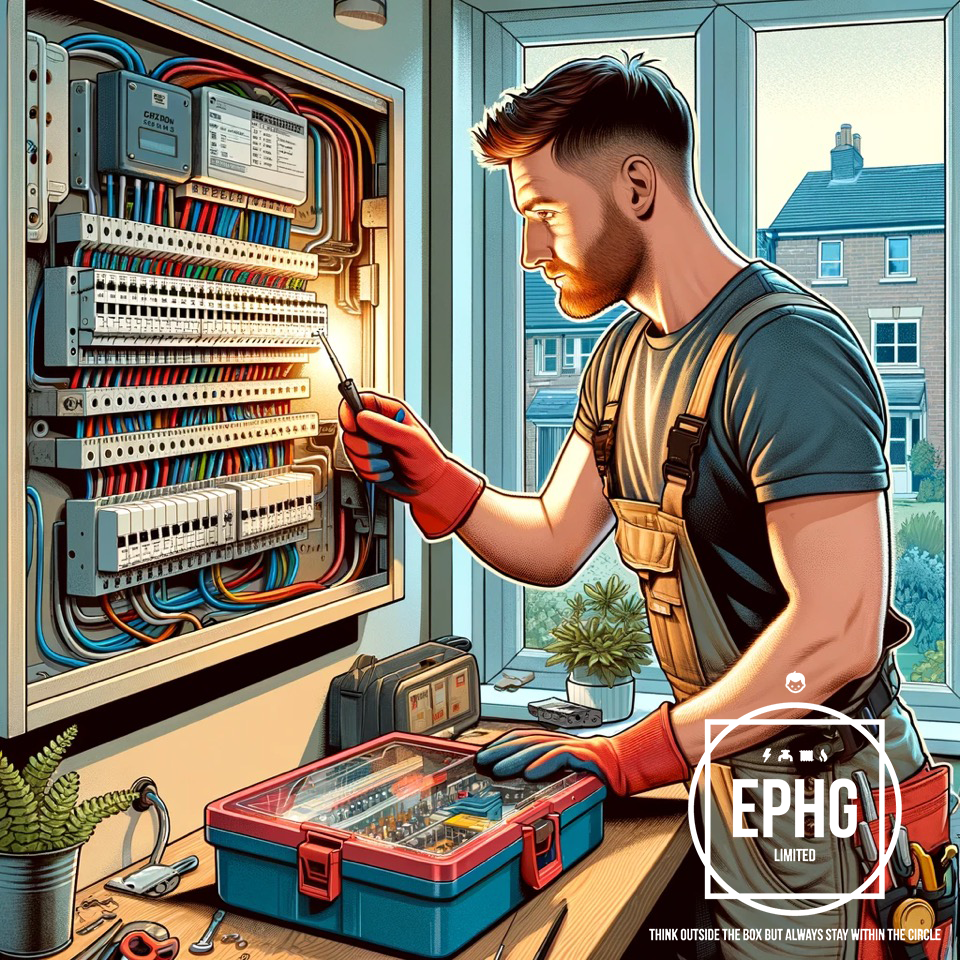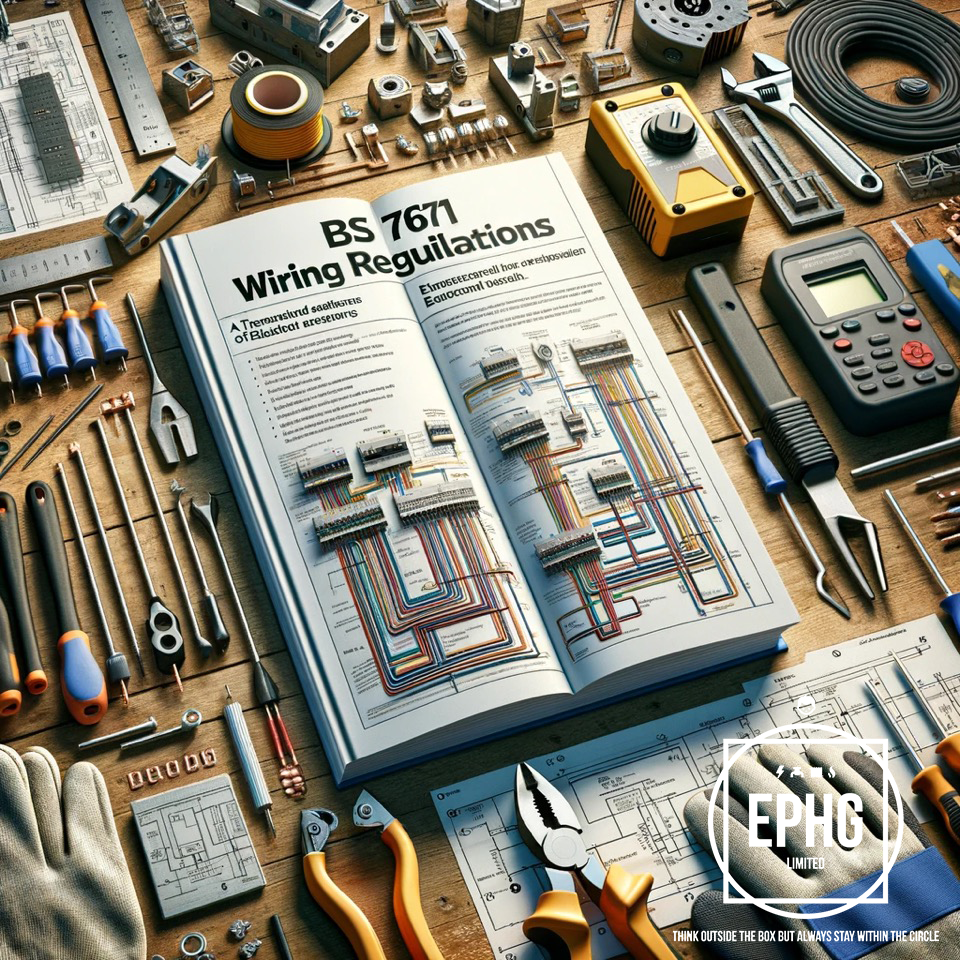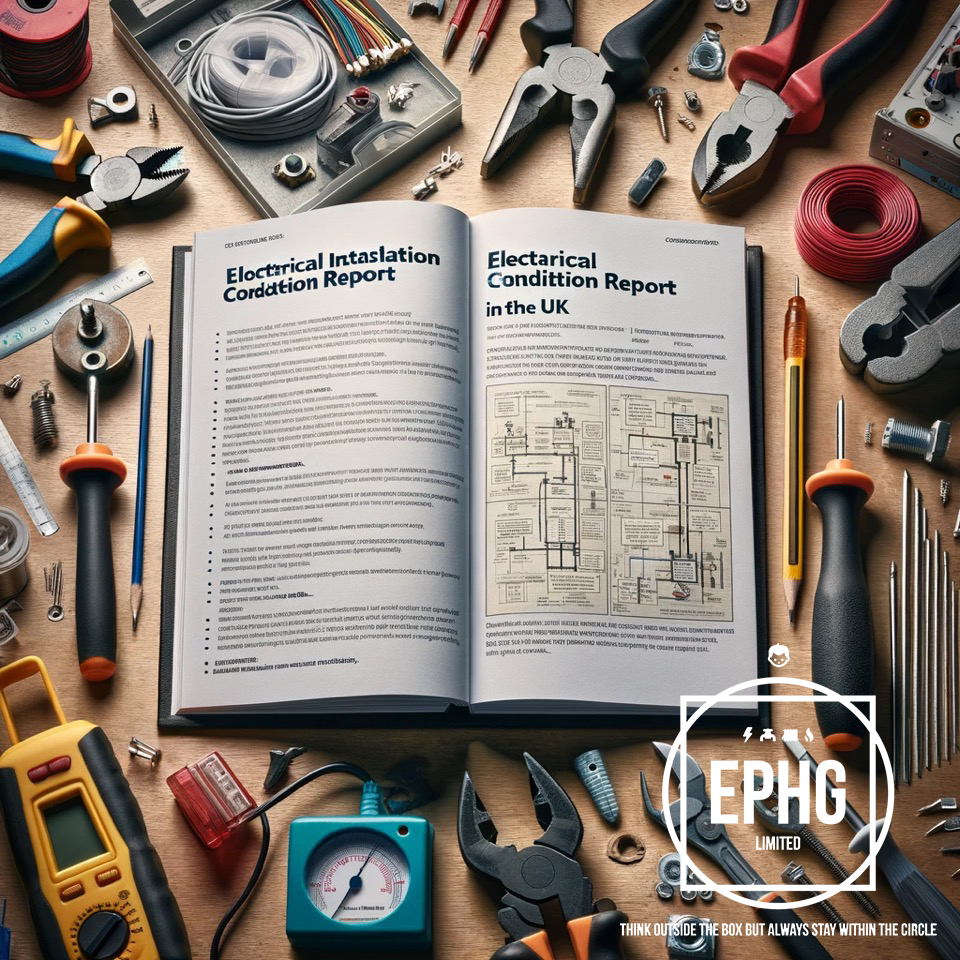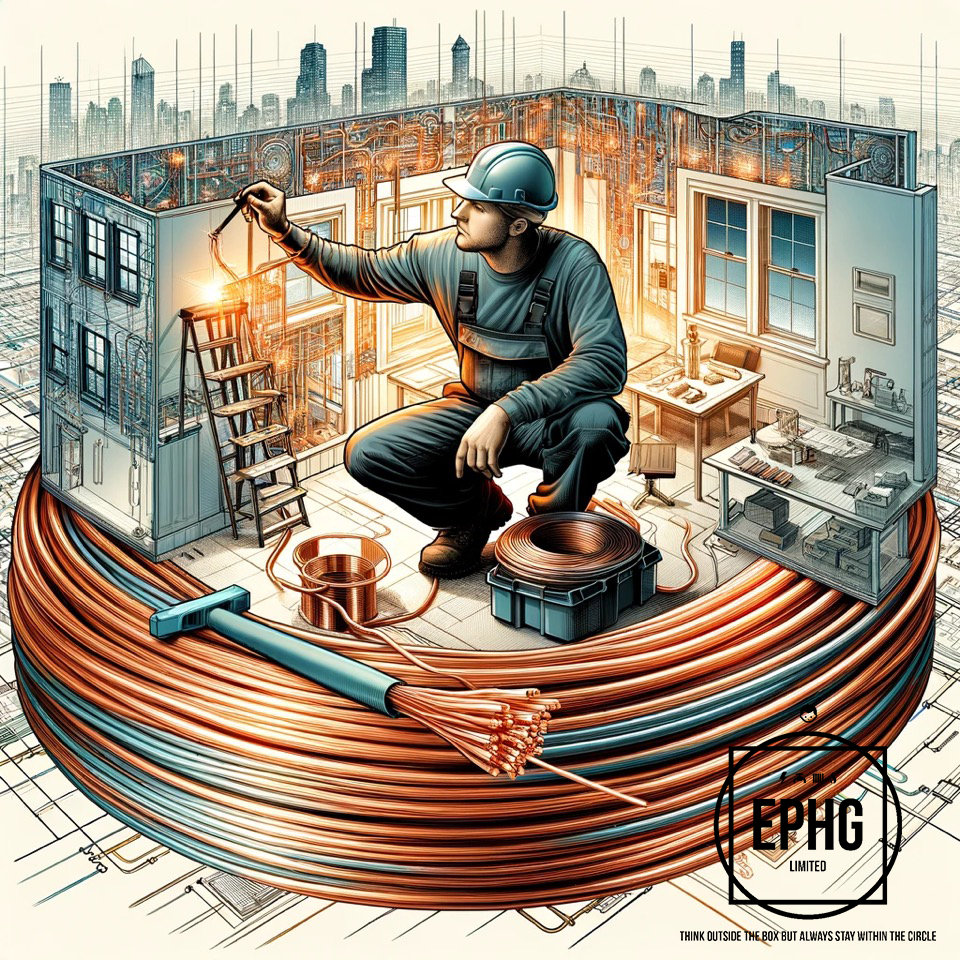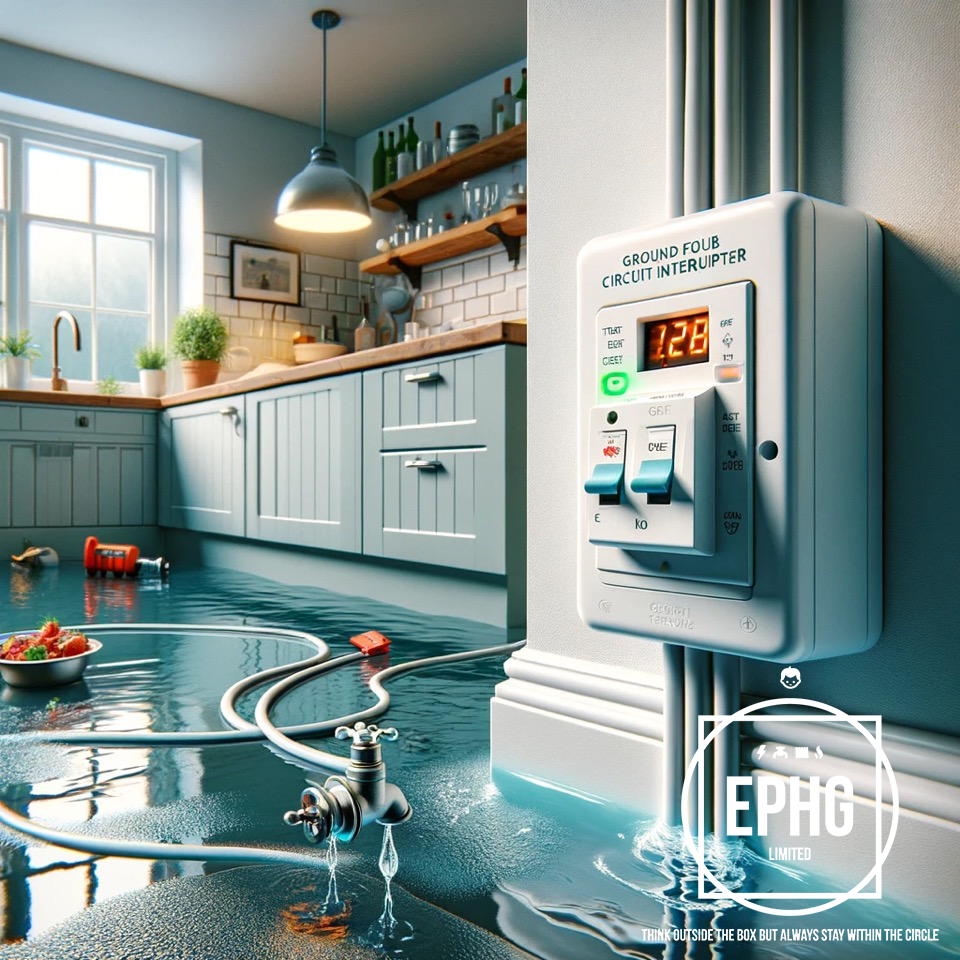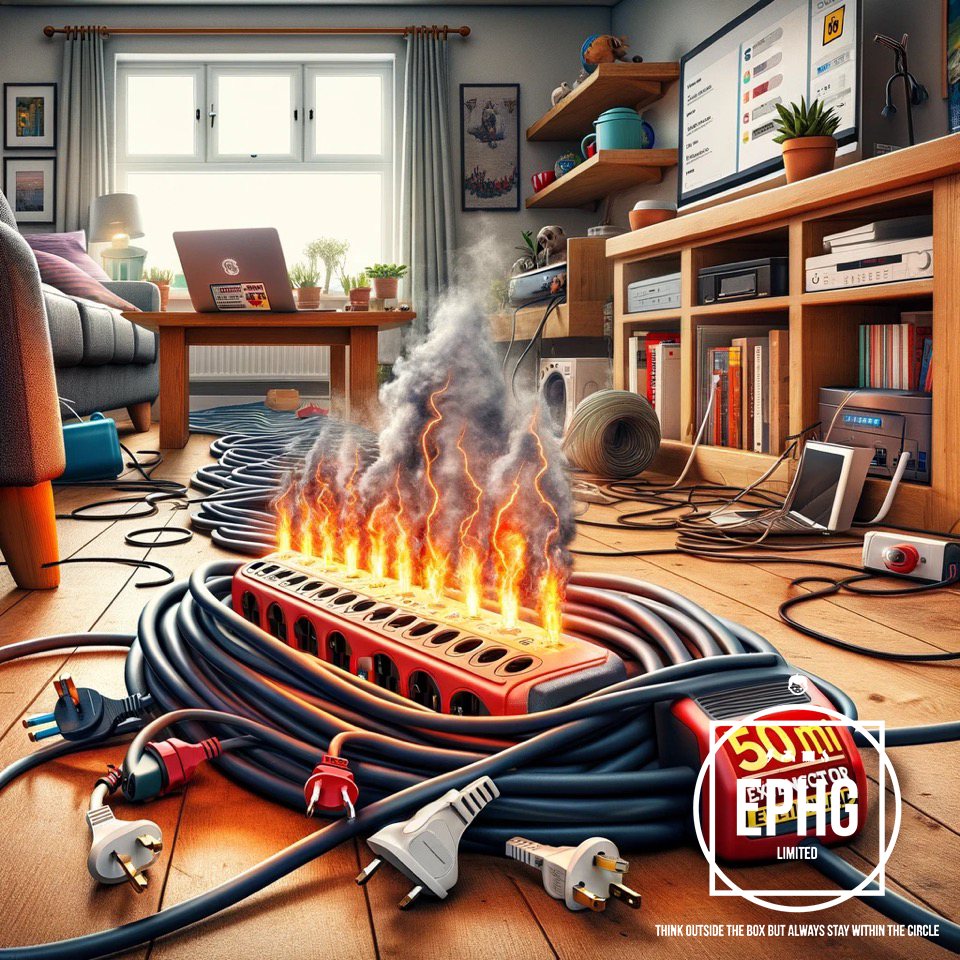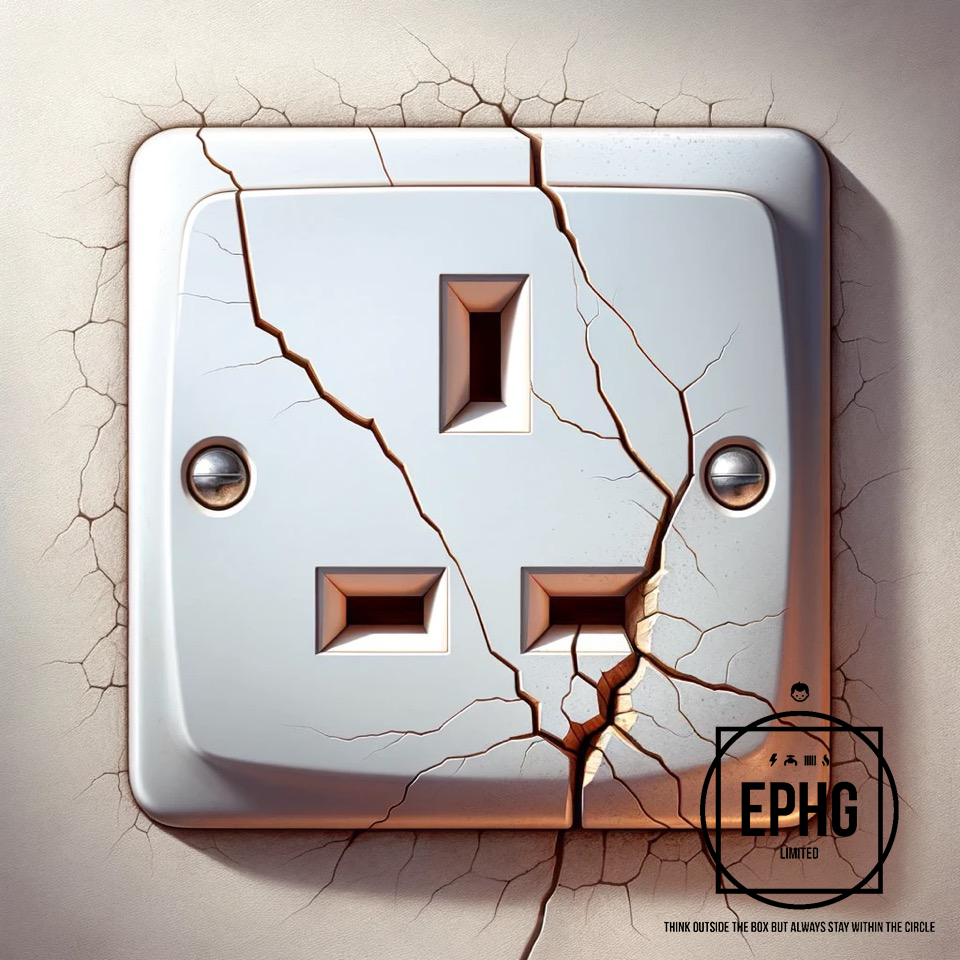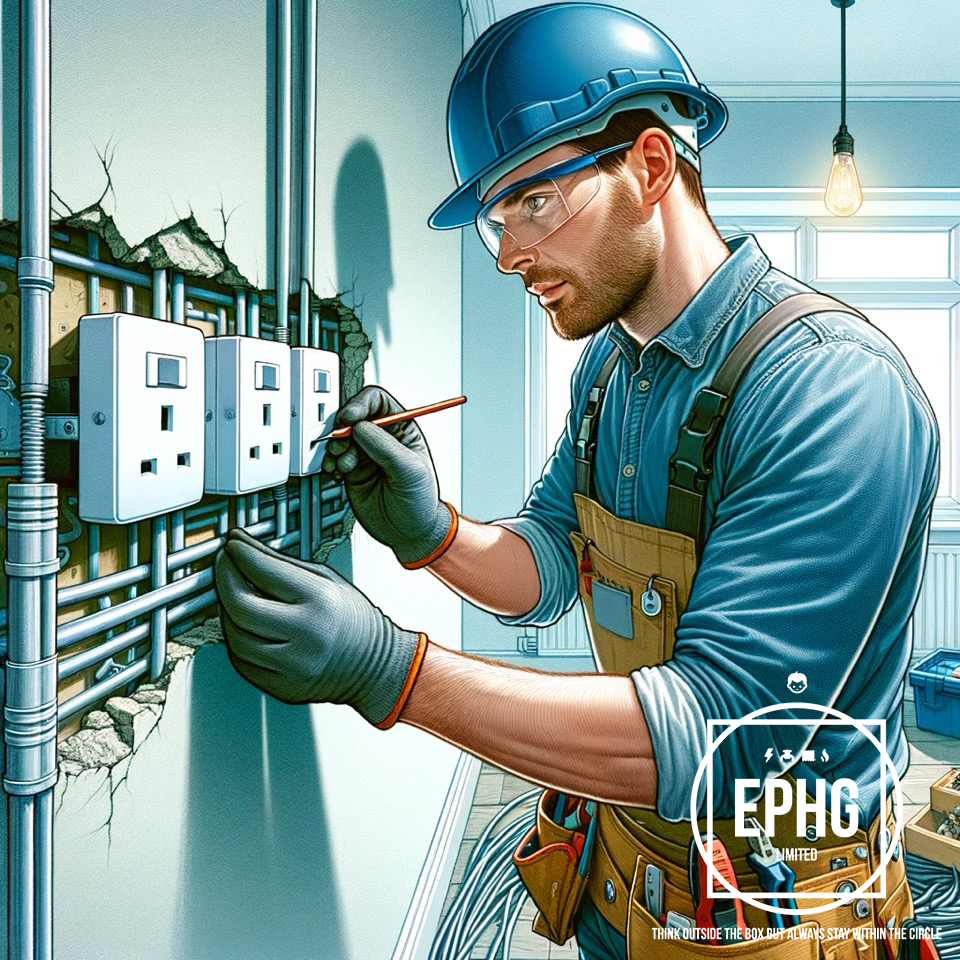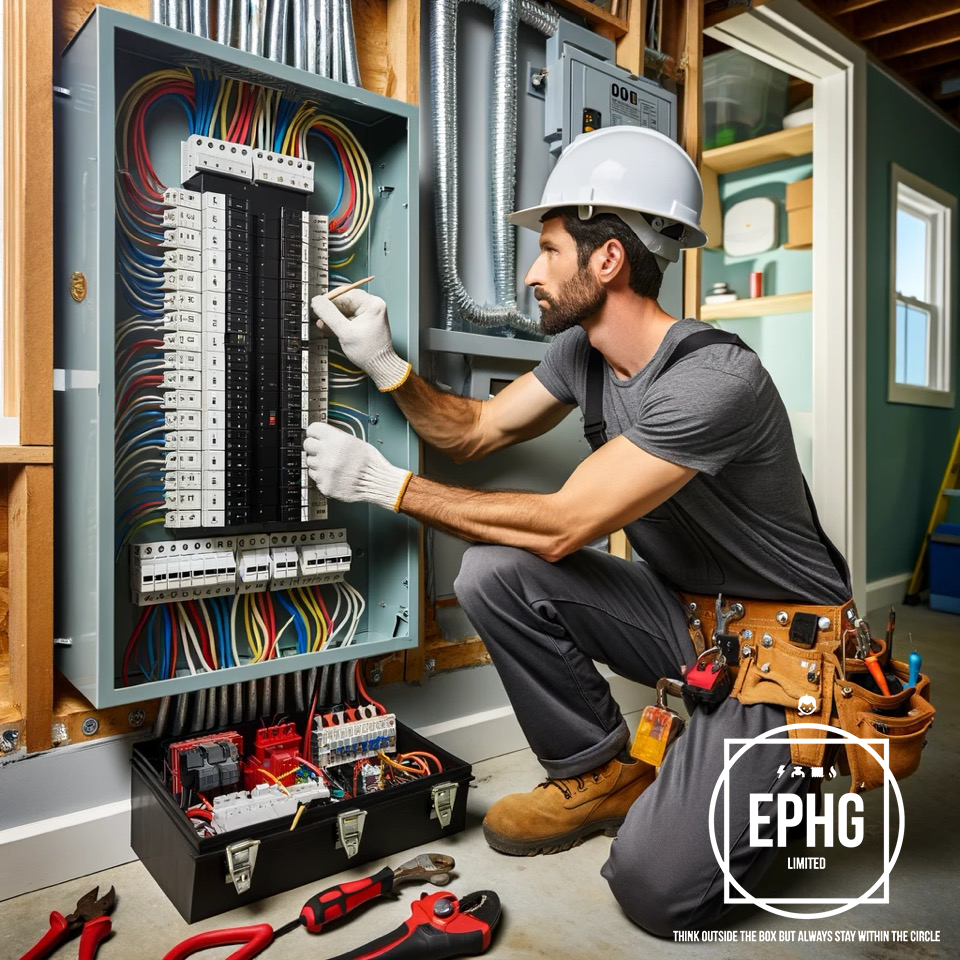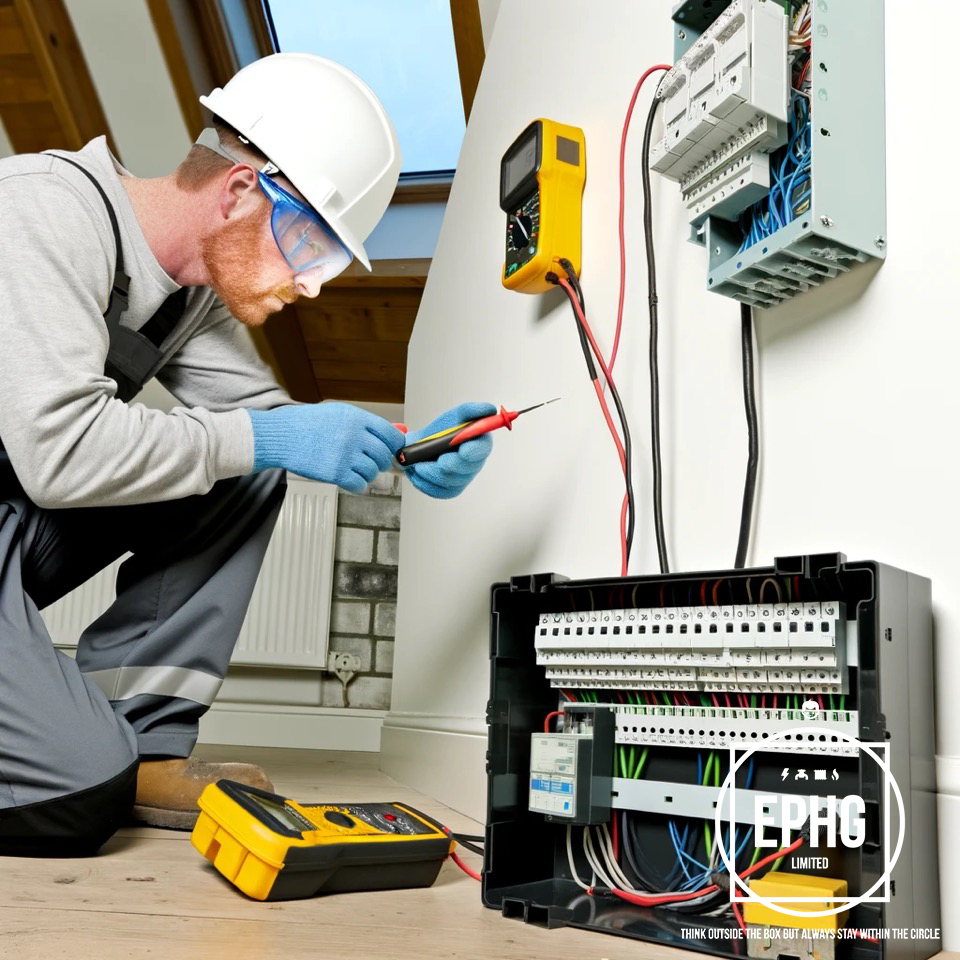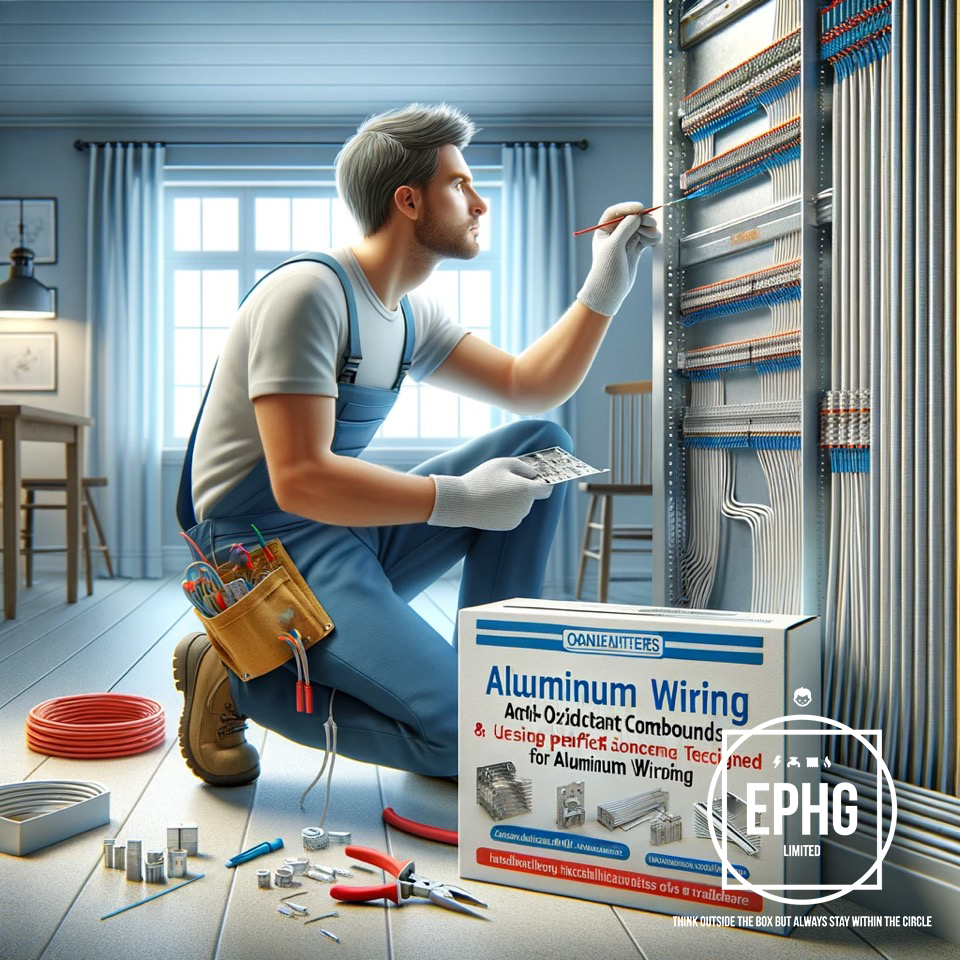

Understanding Aluminium Wiring in Electrical Systems
Aluminium wiring, once prevalent in the mid-20th century, remains a significant component of modern electrical systems, particularly in specific applications where its properties offer distinct advantages over traditional copper wiring. This guide delves into the nuances of aluminium wiring, including its benefits, applications, and how it stands in relation to copper wiring.
Why Aluminium Wiring?
Aluminium offers a lightweight and cost-effective alternative to copper. Its electrical conductivity, while lower than copper's, is sufficient for many applications, especially where high volumes of material are required, making it an economically attractive option for large-scale electrical distribution systems.
Advantages of Aluminium Wiring
- Cost-Effectiveness: Aluminium is generally cheaper than copper, reducing material costs for large projects.
- Lightweight: Its lower density makes aluminium easier to handle and install over long distances.
- Corrosion Resistance: When properly installed, aluminium wiring can resist corrosion effectively, especially in aluminium-specific installations.
Applications of Aluminium Wiring
Aluminium wiring is primarily used in power distribution systems, including overhead power lines, residential service entrance wiring, and large feeder circuits. Its lightweight nature and cost efficiency make it well-suited for these roles.
Comparing Aluminium to Copper Wiring
While aluminium wiring is advantageous for certain applications, it requires careful installation and maintenance due to its susceptibility to thermal expansion and oxidation. Copper wiring, discussed in a separate article, offers higher conductivity and is less prone to these issues, making it preferable for residential and commercial building wiring. However, the choice between aluminium and copper wiring depends on specific project needs, including budget, application, and installation environment.
Key Considerations for Using Aluminium Wiring
Implementing aluminium wiring requires attention to detail, particularly in connectors and terminations, to mitigate risks associated with its thermal and electrical properties. The use of alumiconn connectors, anti-oxidant compounds, and proper installation techniques are essential for ensuring the safety and longevity of aluminium wiring systems.
Conclusion
Aluminium wiring plays a critical role in specific electrical system applications, offering benefits in terms of cost and weight. While it presents unique challenges, proper installation and maintenance can leverage its advantages effectively. The complementary use of aluminium and copper wiring in electrical infrastructures demonstrates the importance of material choice in achieving efficient, safe, and cost-effective electrical installations.
